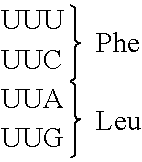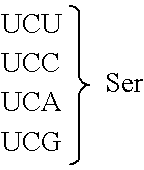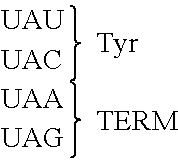Gene therapy approaches to supply apolipoprotein A-I agonists and their use to treat dyslipidemic disorders
a technology of apolipoprotein a-i and agonists, which is applied in the field of gene therapy approaches to supply apolipoprotein a-i agonists and their use to treat dyslipidemic disorders, can solve the problems of insufficient data indicating a pltp role in rct, increased disc formation rate of pltp, and side effects, so as to achieve high levels of apoa-i expression and increase production efficiency
- Summary
- Abstract
- Description
- Claims
- Application Information
AI Technical Summary
Benefits of technology
Problems solved by technology
Method used
Image
Examples
Embodiment Construction
The present invention relates to gene therapy approaches to provide nucleotide sequences encoding modified forms of the native ApoA-I gene, nucleotide sequences encoding ApoA-I agonists which mimic ApoA-I function and activity or surpass native ApoA-I function and activity, for the treatments of disorders associated with hypercholesterolemia.
The nucleotide sequences of the present invention encode peptides which form amphipathic helices (in the presence of lipids), bind lipids, form pre-.beta. like or HDL-like complexes, activate LCAT, increase serum HDL concentration and promote cholesterol efflux. The biological function of encoded peptides appears to correlate with their helical structures, or conversion to helical structures in the presence of lipids.
At least three types of DNA vectors or cassettes can be designed and constructed in accordance with the present invention, to contain nucleotide sequences of the native human ApoA-I gene; modified forms of the native or proform of A...
PUM
| Property | Measurement | Unit |
|---|---|---|
| hydrophobic angle | aaaaa | aaaaa |
| pho angle | aaaaa | aaaaa |
| molar ratio | aaaaa | aaaaa |
Abstract
Description
Claims
Application Information
 Login to View More
Login to View More - R&D
- Intellectual Property
- Life Sciences
- Materials
- Tech Scout
- Unparalleled Data Quality
- Higher Quality Content
- 60% Fewer Hallucinations
Browse by: Latest US Patents, China's latest patents, Technical Efficacy Thesaurus, Application Domain, Technology Topic, Popular Technical Reports.
© 2025 PatSnap. All rights reserved.Legal|Privacy policy|Modern Slavery Act Transparency Statement|Sitemap|About US| Contact US: help@patsnap.com



